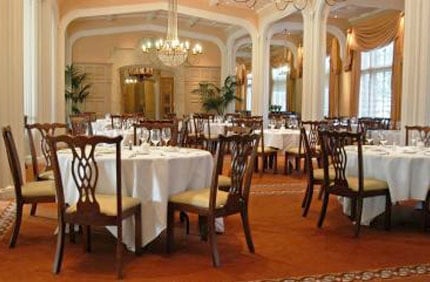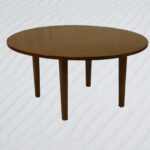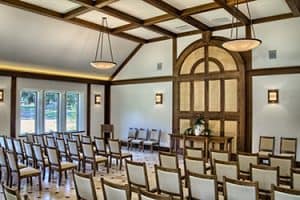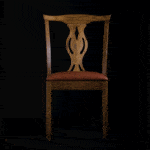Banquet and dining chairs can be found at nearly every private club in the world. The dining and banquet chair selection process can be arduous. It is important to know what to look for prior to making decisions. Too often, designers and house committees focus on design and comfort and do not pay enough attention to construction and warranty. When it comes time to select club chairs, you should pay close attention to design, comfort, stacking capability, construction, durability, and the manufacturer’s warranty.
Club Chair Buying Guide: How to Select Dining and Banquet Chairs
Stacking Club Chairs
Stackable chairs help facilities scale up or scale down, which allows for proper social distancing to occur, when necessary. For banquet facilities, most clubs insist on a stacking chair. More and more, clubs use dining and banquet chairs together and can benefit from a stacking chair in the dining room as well.
- Stacking club chairs made of wood are elegant, especially compared to other materials such as steel. It is important to buy chairs with quality construction, or else you will be paying for replacement chairs every couple of years. Be sure to check out the chair joinery and the chair warranty before choosing a hardwood stacking chair.
- Stacking chairs should stack at least six chairs high. This makes it easy to store chairs when they are not in use.
Design
Finding the best design for a club space is a subjective decision. Here are some factors to consider:
- A traditional hardwood chair can make any space feel elegant.
- If you are looking to make a bold statement with your room design, you should think about adding tall chairs to the space.
- Before you select chairs, you will want to pay careful attention to the planned seating density of the room. For example, if you want to seat 10 people at a 60 inch round table, your chairs need to be 17-18 inches wide at the front.
- Wider chairs are generally more comfortable. However, keep in mind that chairs wider than 20 inches are harder to move and reduce the seating capacity.
- Large chairs look luxurious, but some are too deep for seating comfort.
- Choose chair fabrics based on durability, fade resistance, and how well they match the space. Most chairs are available with multiple fabrics and custom colors.
Comfort
Comfort is an important factor when selecting club chairs. No chair should be selected without being tested for comfort. Here are some considerations:
- It is impossible to design a chair that offers the same amount of comfort to everyone. Therefore, it is important to have people of different sizes test the chairs.
- You should test sample chairs for at least 30 minutes.
- Firm seats maintain their comfort for much longer than soft seats.
- Be aware of the application when testing a chair. When dining, people generally prefer to sit relatively straight. In a pub or grill room, the chair should promote a more relaxed sitting posture.
Construction and Durability
Both construction and durability have a fundamental impact on the lifespan of chairs. Here are a few points to consider:
- You will want to inquire about the country of origin. Chairs made in the USA are generally stronger than those made in Asia or in Eastern Europe.
- Different hardwood species have different strengths. You will want to ask about available hardwood species, and which might be better for the current application.
- Most chair failures are in the joints, not in the wood. It is important to consider if the chair has strong joints.
- Dowel construction is the least expensive to manufacture, and generally the first to fail.
- Mortise & tenon construction is generally stronger than dowel construction, and it is stronger still when the tenons are locked in place by wood dowels. Some companies have other joinery methods that offer superior durability, such as the Eustis Joint® by Eustis Chair.
WARRANTY
This wouldn’t be a Club Chair Buying Guide without reminding you to always ask about the manufacturer’s warranty policy before selecting a chair for your club:
- You should only consider chairs with at least a 10-year warranty.
- You should expect to pay more for chairs with a 10-year warranty than for chairs with a more limited warranty period.
- Before choosing a less expensive chair with a shorter warranty, think about the cost and trouble of having to replace your chairs more frequently.
- Read the warranty. Most companies warrant against defects in material and workmanship. Look to see if the warranty goes beyond these standards to address issues with the function or use of the chair.
































